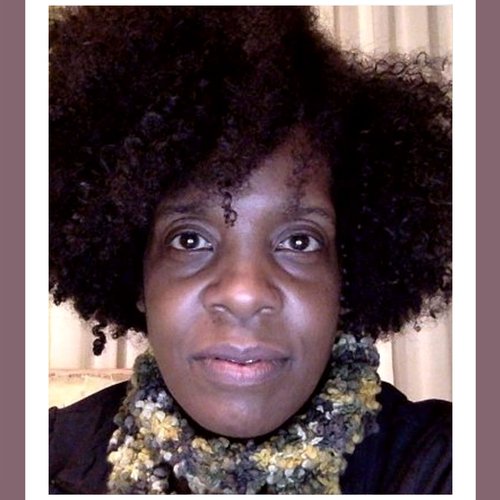2020 BMRC Fellow: Vanessa Stokes

Artist & Entrepreneur
Chicago, Illinois
Project Title: Creating Transformation on Chicago’s West Side By Using Photography and Creative Placemaking
About twenty years ago, I started on a journey to help my father organize his work. My father, Dorrell Creightney, had the first black-owned photography studio in Chicago and worked tirelessly at his craft for over thirty years. He emigrated to the US in the late 1950’s from Jamaica when he was only 17 years old. After teaching himself to shoot, then to print, he worked for a local Chicago printer. Eventually, he left the States for Sweden. It was the beginning of a collection of over 300,000 images.
At the same time I was working with my father’s collection, I begin to see the importance of public art as a way to transform communities. At the time of my fathers death, my family resided on the West side, more specifically the Austin community. I eventually moved to the West side after my father’s death and I was surprised to see hardly any public art. I saw spaces that would be great to activate and create a conversation around placemaking and agency. This area in Austin is blighted; a lot of vacancies and abandoned homes litter the streets. I saw an opportunity to show something different; something where the residents can feel proud of where they live, to eventually love where they live. I wrote grants to secure funding for art exhibitions and a few art installations are now in place on the West side. Through this work, I helped to create The I Love Where I Live Project (TILWIL).
TILWIL and my father's work are the catalysts for this research project. I intend to continue to create public art on the West side to create transformation and to research other notable black artists in Chicago. To learn how they created art in a time of struggle, and in time of need. Art and culture is important for communities to thrive. With so much disinvestment in black Chicago communities, how were these artists able to create the art that we are celebrating and preserving today? Also, how do we find out what the community is interested in when so many of us are isolated and afraid? I’ve lived in many communities in Chicago that don’t look like Austin, there is something different in how people live. However, what are the similarities of human beings? And how can we use art as a way to transform the West side?
Generating new knowledge about the community and the history of Austin and highlighting little known black artists that may not have the opportunities that are readily available is a core aim of this project. Engaging the Chicago community to see what is possible in a community like Austin is important. These discussions should facilitate conversation about the needs of the residents and preserve the narrative of the people of the community.